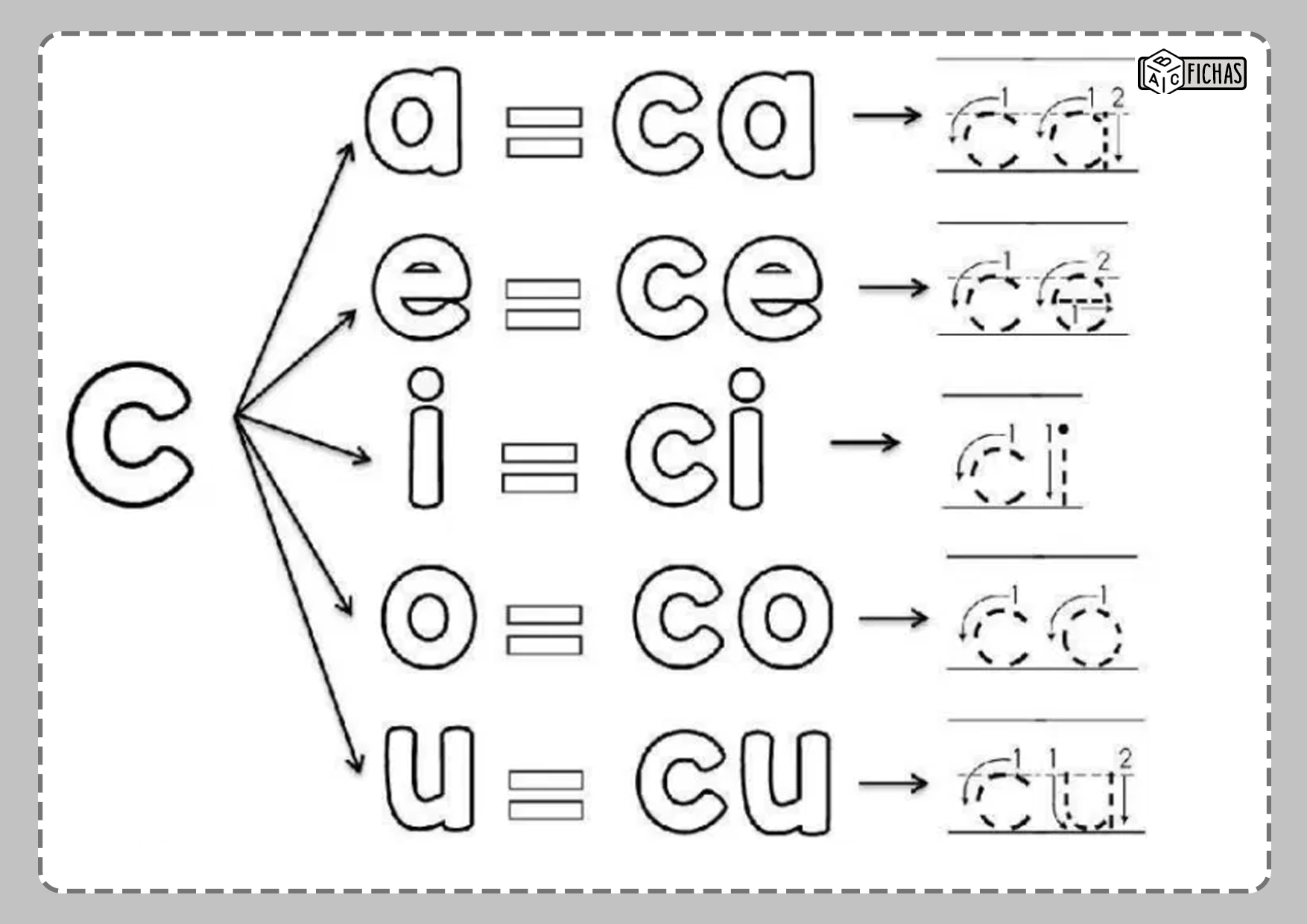Unveiling the Surprising Uses of Carbon Monoxide in Various Industries - An Overview

Exposing Misconceptions About CO Poisoning: Splitting Fact coming from Fiction
Carbon monoxide (CO) is a anemic, odor free gasoline that is typically recommended to as the "silent great." It can be generated through several sources, such as flawed heating bodies, gas oven, fire places, and cars and truck motors. Carbon monoxide poisoning is a major wellness threat and may lead to extreme signs or even fatality if not found in opportunity. However, there are actually several myths surrounding CO poisoning that can easily lead to misinformation and potential hazard. In this short article, we will definitely demystify some of these fallacies and distinct reality coming from myth.
Fallacy 1: Carbon monoxide sensors are excessive because you can easily smell it.
Truth: One of the most dangerous components of carbon monoxide is that it is odor free and can easilynot be detected by human detects alone. Unlike natural gas or propane, which have a distinctive aroma included for safety and security functions, carbon dioxide monoxide has no scent. This helps make it impossible for individuals to depend on their sense of aroma to detect its existence. Carbon dioxide monoxide detectors are crucial in offering early warning indications of risky amounts of CO in your home or workplace.
Fallacy 2: Opening home windows or doors will definitely prevent carbon monoxide accumulation.
Fact: While venting is crucial for preserving really good air quality in any kind of area, merely opening home windows or doors are going to not avoid carbon dioxide monoxide accumulation efficiently. The gasoline can easily rapidly build up indoors from resources like malfunctioning devices or shut out chimneys. The absolute best method to make certain security is through setting up carbon monoxide sensors smartly throughout your house and having regular assessments of fuel-burning devices.
Fallacy 3: Only properties with fuel-burning devices are at danger for carbon dioxide monoxide poisoning.
Reality: While it's true that fuel-burning home appliances like furnaces, water heaters, and stoves pose a greater threat for CO cracks if not adequately maintained or aired, any kind of enclosed area with incomplete ignition may become a resource of carbon dioxide monoxide poisoning. This includes garages, fire places, and also working a auto inside a closed garage.
Fallacy 4: Carbon dioxide monoxide poisoning indicators are always detectable.
Fact: Carbon dioxide monoxide poisoning signs may differ depending on the focus of fuel in the sky and specific endurance degrees. While some people might experience apparent signs and symptoms such as migraine, dizziness, queasiness, or complication, others may only have light signs or none at all. This is why it is crucial to have carbon monoxide detectors put up in your home to offer an early warning unit.
Fallacy 5: Carbon dioxide monoxide cracks simply develop in the course of winter months months.
Fact: While it's accurate that the risk of carbon dioxide monoxide cracks boosts during the course of chillier months when heating bodies are in use a lot more frequently, it's important to always remember that CO cracks can take place at any type of time of the year. Malfunctioning devices or obstructed fireplaces can lead to dangerous levels of Carbon monoxide build-up irrespective of the time. Frequent servicing and examinations are necessary for stopping CO water leaks year-round.
Misconception 6: You will regularly wake up if there is a carbon monoxide water leak while you're asleep.
Simple fact: Carbon monoxide is recognized as the silent awesome for a main reason. High attentions of CO can provide people unconscious before they have a odds to wake up or identify the danger. This helps make it important to have working carbon monoxide sensors near sleeping areas in your residence.
Fallacy 7: Only outdated home appliances present a risk for carbon monoxide leakages.
Reality: While much older appliances may have a higher probability of developing negligences that lead to Carbon monoxide leakage, even newer styles may malfunction and generate hazardous amounts of carbon monoxide. Reference and examinations through qualified professionals are necessary regardless of appliance age.
In final thought, unmasking fallacies regarding carbon monoxide poisoning is essential for raising recognition about its risks and guaranteeing individuals take proper safety measures. Bear in mind that depending entirely on your senses to discover carbon monoxide is not adequate; carbon monoxide detectors are crucial for offering early warning indications. Effective servicing of fuel-burning home appliances and frequent inspections are essential to protecting against Carbon monoxide leakages. By dividing simple fact from fiction, we can better safeguard ourselves and our liked ones coming from the soundless awesome that is carbon dioxide monoxide.

[Word matter: 732 phrases]
